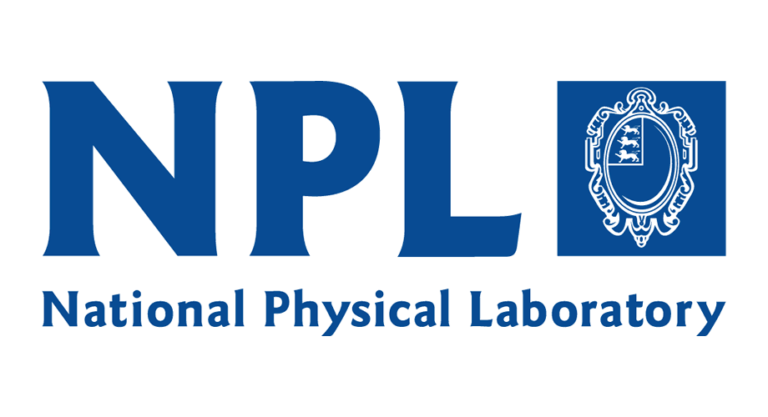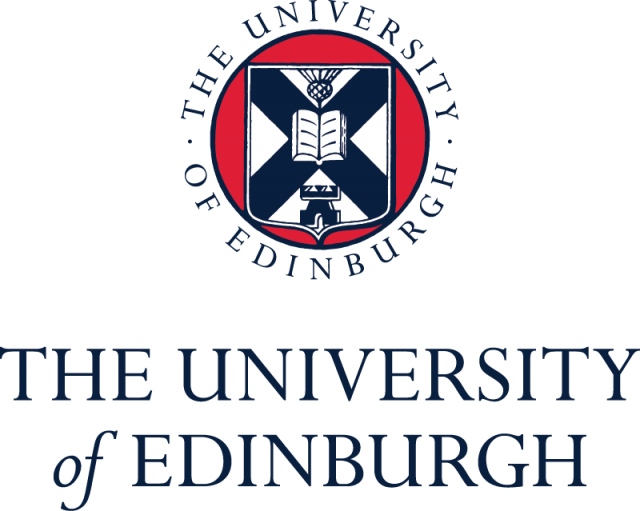Project Description
This project is to investigate novel techniques for sensing and achieving efficient wireless communication. The study will explore the optical frequencies, particularly the ultra-violet spectrum, for simultaneous sensing and wireless communications. A specific objective is to explore the otherwise deleterious effect of photon scattering and random propagation for enhanced spatial coverage/range and sense the environment traversed by the scattered photons.
This is a particularly ambitious project considering that photon pathways from the source to the detector is now unguided, random, non-deterministic and unknown a priori. To achieve the stated objective, the study aims to leverage the excellent scattering (inherent/induced) and sensing capabilities of the short wavelength solar-blind ultraviolet frequency band to demonstrate the world’s first joint sensing and beyond line-of-sight optical wireless connectivity.
A passion for experimental work and capability to develop/apply mathematical modelling techniques will be particularly important for this project.
This work will be carried out in the Optical Communications Research Lab within Institute for Digital Communications, School of Engineering, University of Edinburgh (UoE). The UoE is a top global university with an ingrained culture of qualitative research and academic development. UoE is persistently ranked in the top 25 based on the QS World University ranking. The Optical Communications Research lab is dedicated to optical wireless technologies. It is built on a strong research network in digital communication and signals processing in Edinburgh such as the Sensors, Signals and Systems (SSS) group, which is one of four research themes that make up The Edinburgh Research Partnership in Engineering. (ERPE, http://www.erpe.ac.uk/about). In REF2022, The Edinburgh Research Partnership in Engineering was ranked first in Scotland and third in the UK, based on the quality and breadth of research by Times Higher Education. 96% of research activity with ERPE was ranked as world-leading and internationally excellent. The Optical Communications Research Lab is a modern lab equipped with state-of-the-art relevant research facilities worth around £1 Million including LED characterisation test station comprising of CCD-spectrometer, and integrating sphere for optical source characterisation, sundry high specification test and measurement equipment (oscilloscopes, programmable signal generators, power supplies, power meter etc) and a 12 x 12 multiple input multiple output (MIMO) National Instruments platform for wireless systems experimentation.
CDT Essential Criteria
A Masters level degree (MEng, MPhys, MSc) at 2.1 or equivalent.
Desire to work collegiately, be involved in outreach, undertake taught and professional skills study.
Project Essential Criteria
A Masters level degree (including integrated Masters) in Electrical/Electronic Engineering or Physics or closely related discipline.
Willingness to work with a defence industry prime and systems integrator
Excellent software development skills
Very well organised
Excellent analytical skills
Proven ability to work in a team
Project Desirable Criteria
Understanding and working knowledge of classical wireless communication systems
Good knowledge of Communication Theory and Optical Communications
Proficiency in electronic circuit design and simulation
Proficiency in Matlab software package
Passion for experimental work
The CDT
The CDT in Applied Photonics provides a supportive, collaborative environment which values inclusivity and is committed to creating and sustaining a positive and supportive environment for all our applicants, students, and staff. For further information, please see our ED&I statement: https://bit.ly/3gXrcwg.
Forming a supportive cohort is an important part of the programme and our students take part in various professional skills workshops, including Responsible Research and Innovation, and attend outreach training.









